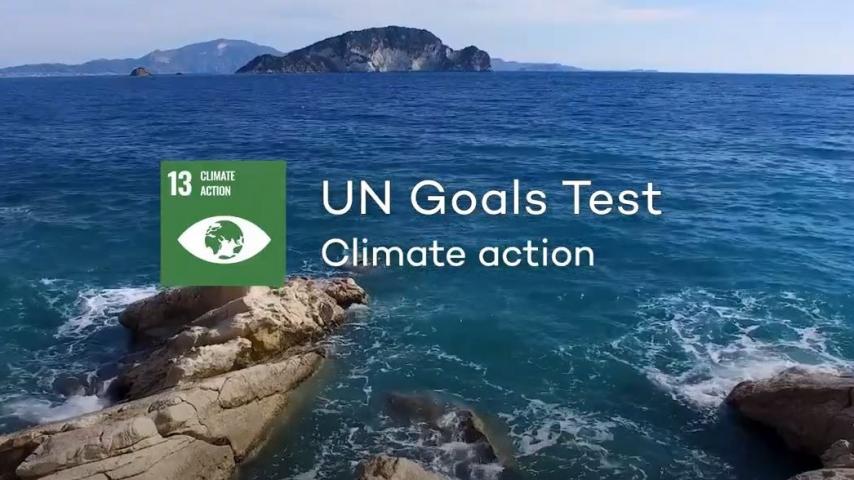
AFRY + Gapminder: Climate action
How much of the excess heat from global warming ends up in the oceans? 90%, 60% or 30%?
When we recently polled the general public on this question, people scored pretty badly - only three percent of people tested in Denmark got the correct answer. Do you think you know the right answer? And why does it even matter?
I'm Matt Brown, Vice President of AFRY Management Consulting. I help companies in the energy sector transition from a largely fossil-based world to a renewable clean energy world.
Find the answer at the bottom of this page, and hear more from me and Anna Rosling Rönnlund of Gapminder in the video below.



The UN Goals Test
When we have an accurate understanding of the world around us, we can focus on the right things to make the world a better place.
AFRY and Gapminder developed the UN Sustainable Development Goals Test to address misconceptions about the biggest challenges of our time.
Sustainability as a business strategy
Wherever and whenever AFRY is involved, we aim to help you to play a part in creating a more sustainable society by finding new solutions to old problems. Our sustainability policies and guidelines support this ambition, ensuring that we work in a fair and transparent way. We practice what we preach.
Every day we strive to improve your life by developing energy-efficient solutions, investments in infrastructure, assignments within various types of energy, projects for industry and more. We connect cities, countries and cultures with bridges, competence networks and mobile solutions. We generate jobs through technology that make companies grow and prosper.

Sustainability at AFRY
Answer: More than 90% of global warming is captured in oceans [source: IPCC Fifth Assessment Report (page 266)]. Most people are unaware that most global warming is hidden in the seas. As long as they think global warming is all about air temperature, they won’t realise the scale of the problem.
